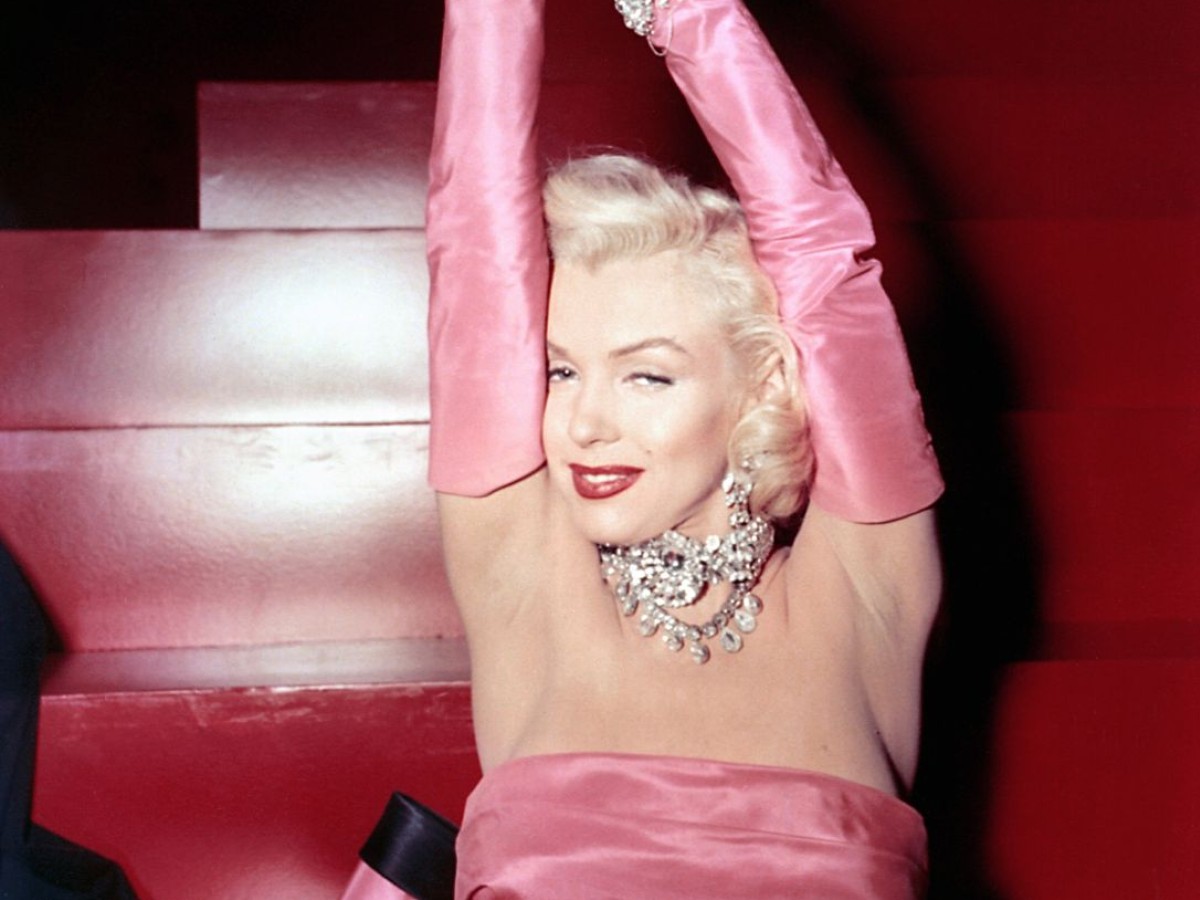Howard Hawks
The Complete Works
December 1, 2010 to January 6, 2011
Those on a quest for the essence of Classical American Cinema will at some point arrive here: Howard Hawks, born in 1896 in Goshen, Indiana, died 1977 in Palm Springs, California. This is his self-portrait: an entertainer, no more and no less; a storyteller performing his job with great technical skill; a professional just like the men and women whose stories he celebrated on film. This is how others have seen him: a genius whose films are “like a beautiful body, kept alive by deep, resilient breathing” (Jacques Rivette); someone we “must love, if we love the movies” (Eric Rohmer); a Shakespeare or a Mozart of the cinema, if one (like Robin Wood) considers Hawks’ uncanny ability to create an authentically popular art which, for generations, has also captivated the most sophisticated critics and intellectuals.
Both, then: the casual and unpretentious, operating in a functional mode (“a good director is someone who doesn’t annoy you”) – and the extraordinary, the personal style which he almost reluctantly acknowledged: “If a director is any good he’s got his own way of telling his story.” It was this particular gift Hawks applied to nearly every Hollywood genre, and which allowed him to deliver standout examples from each one: gangster movies (Scarface, 1932) and film noir (The Big Sleep, 1946), adventure films (Hatari!, 1962), films about flying (Only Angels Have Wings, 1939), war movies (Sergeant York, 1941) and musicals (Gentlemen Prefer Blondes, 1953), Westerns such as Red River (1948) and Rio Bravo (1959) and of course, screwball comedies like Bringing Up Baby (1938) and His Girl Friday (1940). Ten titles: the tip of an iceberg.
“From one genre to another, from one era to the next, the impression remains the same: that he was self-confident and aloof enough to avoid making any concessions,” wrote Bertrand Tavernier and Jean-Pierre Coursodon, amazed at the incredible kinship between Hawks’ first and last films, 45 years apart. There are concrete reasons for this rare form of authorship in an industry devoted to consumer goods: as producer and co-writer (often uncredited) of his films, Hawks was able to exert the greatest possible influence and functioned almost as an independent filmmaker. The same attitude permeates the subjects and the aesthetic of his films: they result from an “ethic of efficiency and production” (Tavernier/Coursodon) and they also propagate these attributes in the stories they tell.
Hawks’ laconic narrative style, his visually sparse breakneck action sequences, his sense of humor and pithy dialogue and his strong preference for certain types of characters and situations consistently provide a clear worldview. He mastered the rhythms and narrative techniques of popular cinema in order to achieve (“as if spontaneously”) maximum dramatic or comic effect. He refused to emphasize artistic effects or acting techniques: if anything, “stylization” for Hawks would only mean compression, tightening, or acceleration – for example, stripping dialogue of any trace of sentimentality: “I always try to make it 20 percent faster.” In His Girl Friday, the barrages of rapid-fire dialogue increased to the point of overlapping, three decades before Robert Altman was celebrated for this very technique.
In Hawks’ view, “there are about 30 plots in the entire history of drama,” and he himself was a repeat offender par excellence: the same ideas and lines of dialogue recur again and again in his work, partly because he repeatedly adapted the same underlying material, especially in the late westerns – Rio Bravo into El Dorado (1966) into Rio Lobo (1970). Above all, Hawks almost exclusively told stories of men in action and their corresponding women, who gave as good as they got. If, among the towering figures in Hollywood’s“Golden Age,” John Ford stands tall as the poet of community and society, and Raoul Walsh as the prophet of individualism, Hawks is the prime chronicler of small groups working together. These groups share an almost existentialist frame of mind that is unique to the Hawksian universe: they do not represent society at large, but only themselves.
Which doesn’t mean that Hawks’ films lack critical force: his skeptical view of male-female relationships, for instance, becomes most obvious in his “romantic” comedies. (How strongly he was attracted to such seeming opposites is also demonstrated by the mixture of glamour and bile in the luxurious Technicolor ambience of Gentlemen Prefer Blondes.) In terms of the real world, the thing that a “Hawksian group” most closely resembles is his own tight-knit team of collaborators: in his most personal works he showed what he knew best – racing films made by a race car driver, flying films by a pilot, hunting films by a hunter. Hatari!, a story of big-game hunting in Africa, may be one of Hawks’ lesser-known films, but it stands at the center of his oeuvre: two and a half hours of cinéma pur; of scenes that are content with showing the work, love and joy of a group of professionals. A film about the adventure of filmmaking.
The retrospective of 43 films directed by Howard Hawks has been organized in collaboration with BFI Southbank and the British Film Institute, with the kind support of the United States Embassy in Vienna.
